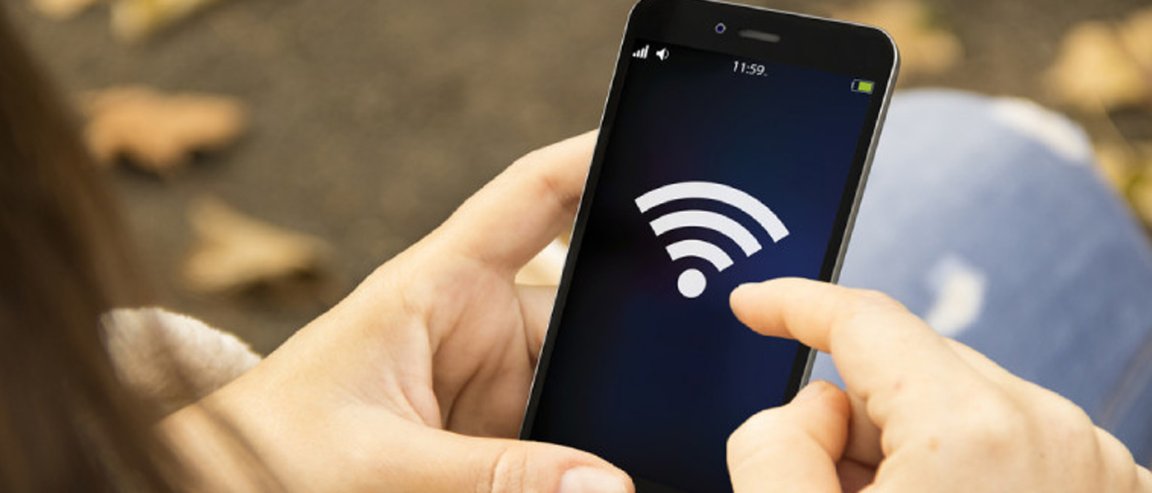
TAMING THE HUNGER FOR POWER
Wi-Fi is everywhere in our daily lives, invisibly connecting laptops to printers, allowing smartphones to make calls, stream movies, and letting online gamers battle it out. The downside to this is that connecting to Wi-Fi consumes significant energy resources for devices, and this often leads to drained batteries.
Now, a team of University of Washington computer scientists and electrical engineers have created a method that would allow the generation of Wi-Fi transmissions at 10,000 times less power compared to conventional methods. Their project, which they dubbed as Passive Wi-Fi, could potentially unseat existing energy-efficient wireless platforms such as Bluetooth Low Energy and Zigbee.
“We wanted to see if we could achieve Wi-Fi transmissions using almost no power at all,” said co-author Shyam Gollakota. “That’s basically what Passive Wi-Fi delivers. We can get Wi-Fi for 10,000 times less power than the best thing that’s out there.”
Passive Wi-Fi can transmit Wi-Fi signals at bit rates of up to 11 megabits per second that can be decoded and used on any of the existing billions of devices with Wi-Fi connectivity. While these speeds are lower than the maximum current Wi-Fi standards allow, it is still 11 times higher than the speed available through Bluetooth.
Not only could mainstream adoption of this new development save battery life on today’s devices, it could add to the growing momentum behind the “Internet of Things.” In this reality, household devices and wearable sensors will use Wi-Fi to communicate and act smartly without worrying about details such as power consumption.
PASSIVE YET ACTIVE
To accomplish this, the team decoupled the digital and analog operations involved in radio transmissions. While the digital operations have long been improving in terms of energy efficiency, analog operations have lagged behind. What Passive Wi-Fi does is transfers these analog, power intensive functions (like signal transmission) to a single device in the network that will be plugged into an outlet.
An array of sensors produces the packets of information needed by Wi-Fi with minimal power by passively reflecting and absorbing the signal emitted by the device. In a trial in real-world communications, the team found that a smartphone was able to maintain communications with passive Wi-Fi sensors at distances of 100 feet or roughly 30 meters.
“All the networking, heavy-lifting and power-consuming pieces are done by the one plugged-in device,” said co-author Vamsi Talla. “The passive devices are only reflecting to generate the Wi-Fi packets, which is a really energy-efficient way to communicate.”
Because the passive sensors are creating actual Wi-Fi packets, this means that they can be used in conjunction with current Wi-Fi devices without any needed modification. These sensors could communicate with routers, smartphones, tablet, or Wi-Fi chipsets in computers.
All of this is accomplished by the passive sensor without need of any specialized equipment.